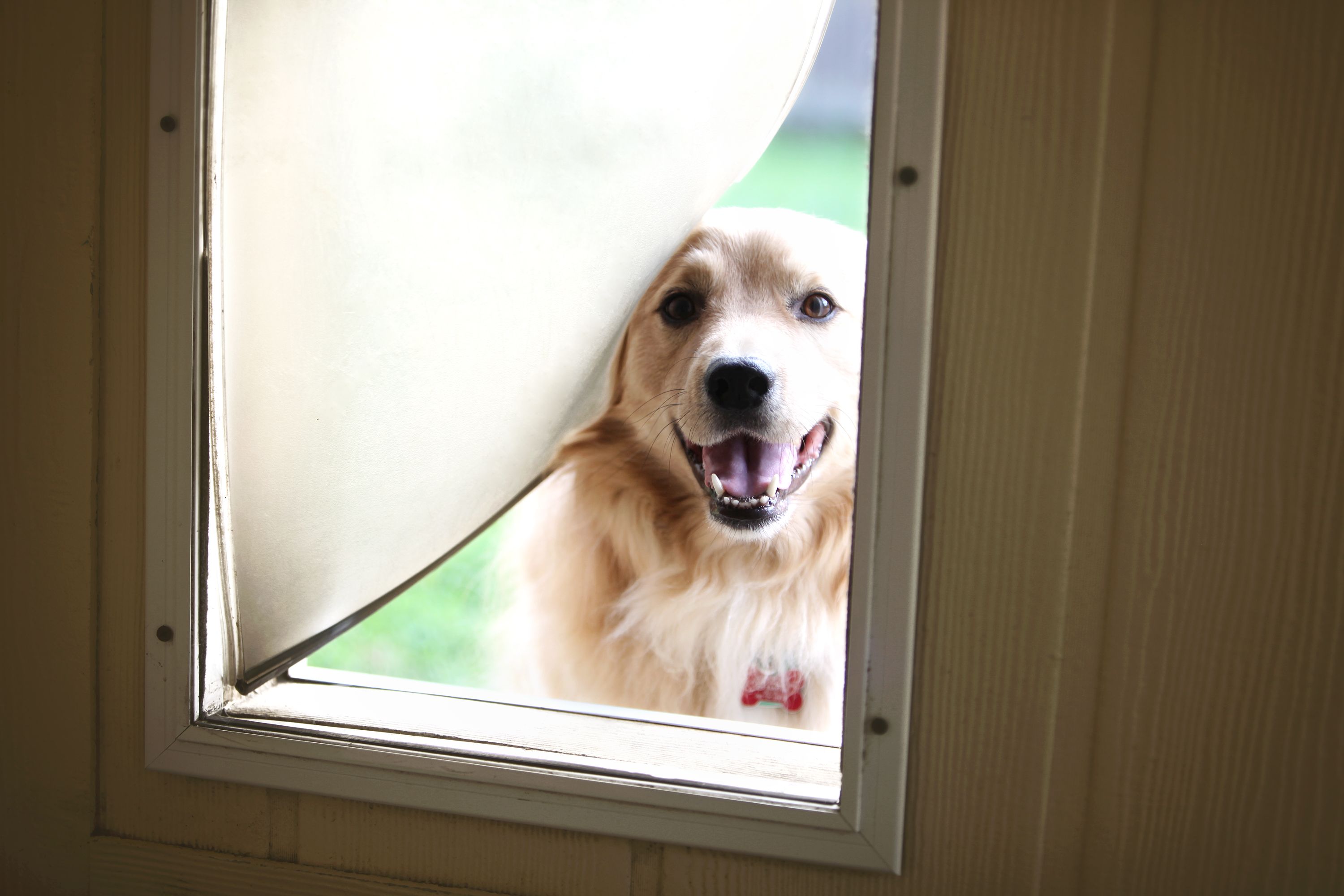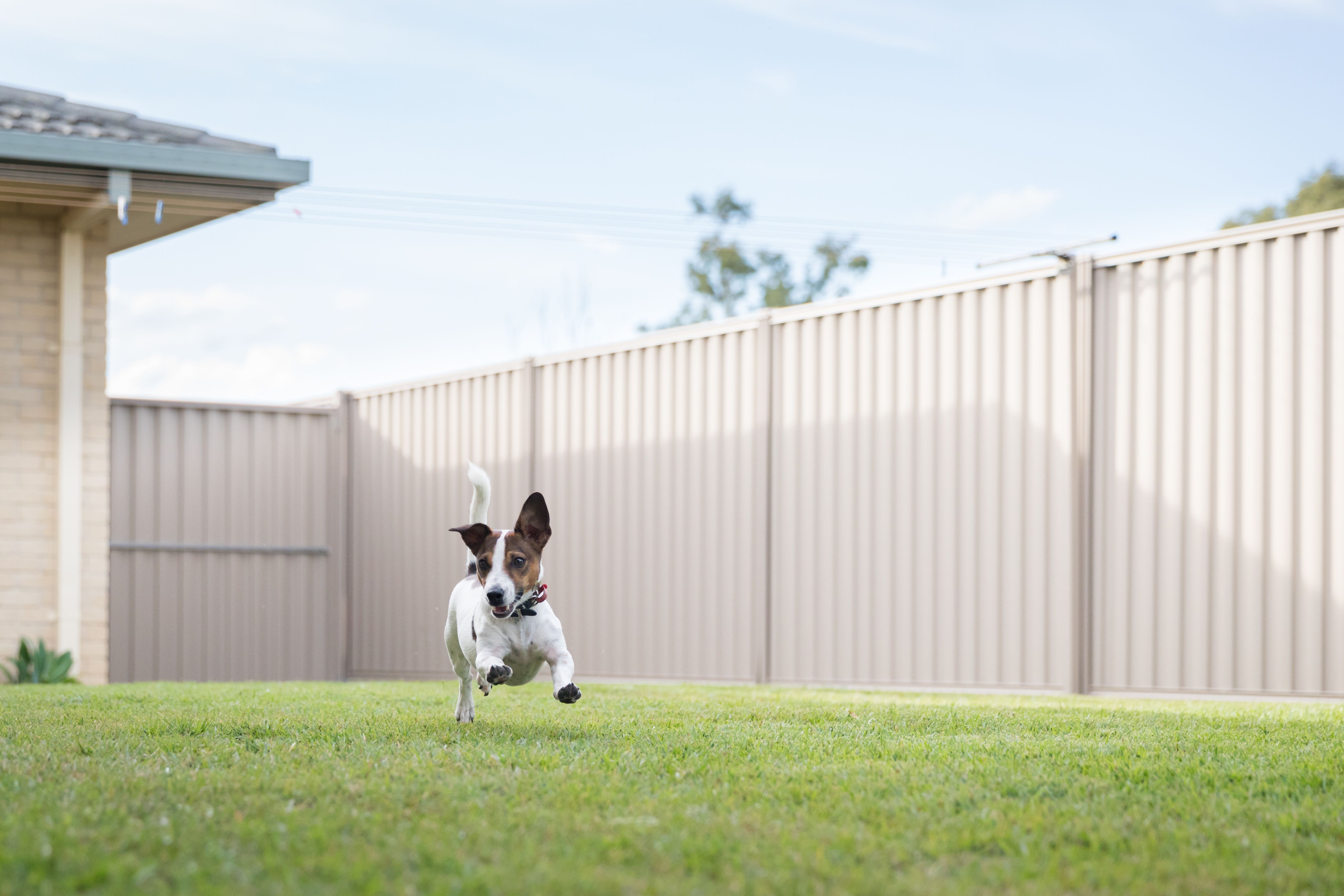How to Summer-Proof Your Dog Door to keep out the heat
Understanding the Importance of an Energy-Efficient Dog Door
As the summer months approach, many pet owners are focused on keeping their homes cool without running up exorbitant energy bills. One often overlooked area that can impact energy efficiency is the dog door. An inefficient dog door can allow hot air to seep inside, making it more challenging to maintain a comfortable indoor temperature. By summer-proofing your dog door, you can improve your home's energy efficiency while still giving your furry friend the freedom they enjoy.
Having an energy-efficient dog door is not just about cost savings; it's also about maintaining a comfortable environment for your family and pets. A well-designed door will help to prevent drafts and keep out unwanted pests, making your home a more pleasant place to be.

Assessing Your Current Dog Door
Before making any changes, the first step is to assess the current condition of your dog door. Check for signs of wear and tear, such as cracks or gaps in the frame or flap. These imperfections can significantly reduce the door's efficiency by allowing air to pass through easily.
If you notice any damage, consider whether simple repairs or a complete replacement might be necessary. Additionally, examine the insulation quality of your current door. Some older models may not have sufficient insulation, making them less effective at blocking out heat during the summer months.
Choosing the Right Insulation Material
Once you've evaluated your current setup, it's time to consider insulation options. Several materials can enhance the energy efficiency of a dog door. Common choices include foam weatherstripping, rubber gaskets, and brush strips. These materials help seal gaps around the door, reducing heat transfer.
- Foam Weatherstripping: Ideal for filling small gaps and easy to install.
- Rubber Gaskets: Provide a durable seal against drafts and are often used in high-traffic areas.
- Brush Strips: Useful for preventing air leakage without obstructing the dog's movement.

Installing a Magnetic Seal
A magnetic seal can be an excellent addition to your dog door, helping it close more securely and reducing drafts. Magnetic strips can be attached to the flap and frame, ensuring that the flap snaps shut after use. This simple upgrade can make a significant difference in maintaining indoor temperatures.
When installing a magnetic seal, make sure it is aligned properly to avoid hindering your dog's ability to pass through the door comfortably. Test the seal's strength by observing how easily it opens and closes with your pet's movements.
Additional Summer-Proofing Tips
Beyond insulation and magnetic seals, there are additional steps you can take to enhance your dog door's energy efficiency. Consider adding a sunshade or awning above the door to reduce direct sunlight exposure. This can help keep the area around the door cooler and minimize heat transfer indoors.
- Ensure regular maintenance by checking for any new gaps or damage periodically.
- Consider using an automatic dog door that opens only when your pet approaches, minimizing unnecessary exposure.
- Add a layer of reflective film to nearby windows to further reduce heat gain in the area.

Conclusion: Enjoying a Comfortable Summer Home
By taking steps to summer-proof your dog door, you can create a more energy-efficient home that remains comfortable even during the hottest months. Not only will these improvements help save on energy costs, but they will also provide a more pleasant living environment for both you and your pet. With proper insulation, sealing techniques, and maintenance practices, you can enjoy a cool home while your furry friend enjoys their freedom.
